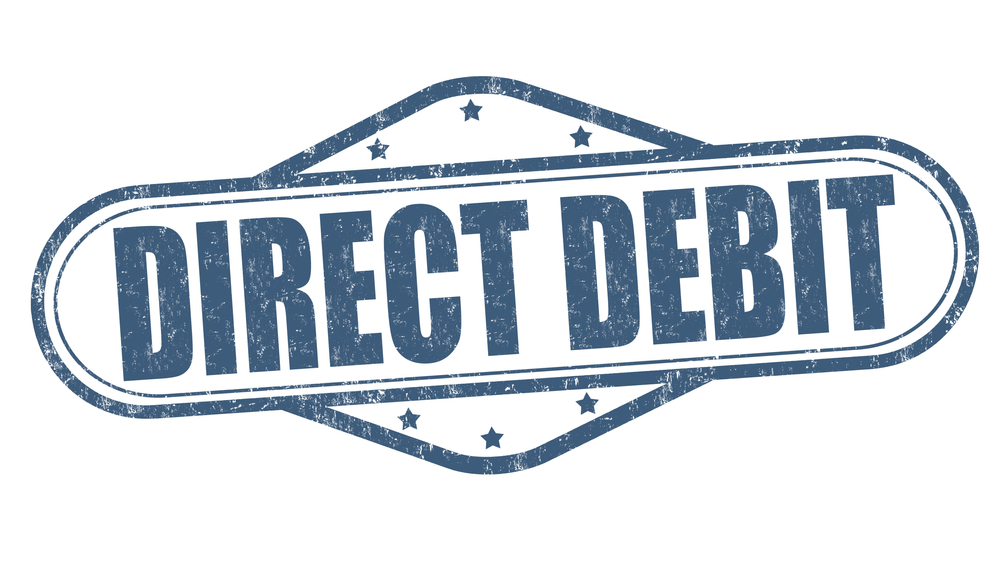Organising your documents now will mean you can get your tax return completed earlier and access any refunds due or start planning for tax payments.
Getting your business records up to date and accurate will allow us to work with you proactively to plan for the coming year, which will continue to be unusual (and possibly difficult) for many. It will also be one less thing to do when your normal business activity resumes later in the year!
What Records do you Need to Have Ready for the Tax Agent?
- Have you bought or sold assets? If so, you need full details of acquisitions and disposals.
- Have you taken out a new loan or other finance? You must have details of the finance arrangements and statements of monies owing at 30 June.
- Check that any bonds or deposits paid or received have been allocated correctly.
- Have you prepaid for insurance or other large business expenses that need to be apportioned to the following financial year? Make note of the portion applicable to the current financial year.
- Do you carry stock? If so, you need to perform a full stocktake at 30 June (unless you qualify for the simplified trading stock rules).
- List any doubtful or bad debts to be written off.
- Review your debtors and creditors (accounts payable and receivable). Is the list current and correct?
- Do you have loans with related entities? Reconcile the loans to and from each entity to ensure the same value is reported in the accounts of both entities.
- Ensure that all payments to company directors have been correctly captured. Talk to us now if you want to make director payments before 30 June.
- Provide records of any government grants received for COVID-19 or natural disaster impacts on your business.
- Gather records of any COVID-19 related benefits that were provided to staff this financial year as there may be fringe benefits implications.+-
- If contact details of business owners and key personnel have changed let us know.
We will let you know if there are other matters to discuss with us before completing your tax return, such as cryptocurrency transactions, capital gains, vehicle usage, private usage apportionment or superannuation. This year, there may also be new elements to discuss if you have received grants, refunds, credits or deferrals of business expenses and liabilities.
Remember you need to keep all your business records for seven years, so store everything securely and where possible electronically for safety and ease.
Once you have all your records for the 2022 financial year, make an appointment with us to schedule in your tax return for prompt lodgement.










